14 Jan How to Build your Confidence for Physical Activity
Do you ever avoid something you’re terrible at? I’m going to venture a guess and assume you answered YES. We all have things we’re less than stellar at, and for the most part, we try to avoid doing these things. It’s human nature. It is also one of the most well-established foundations of social psychology*.
I, for one, am terrible at skiing. I did not grow up skiing and thus have very little experience. When my parents moved to a mountain town, I figured I’d give it a go. A few hours in I was stuck on the side of the mountain, helplessly unable to get down, discouraged, and embarrassed. Needless to say, I avoided skiing for some time and it took a while for me to build up the courage to get back out there to try again.
Other types of physical activity work the same way. If you perceive yourself as unable to do an activity, it’s likely you’ll be less apt to participate in that activity. That’s why it’s important to build your physical activity self-confidence if you’re aiming to adopt a more active lifestyle. Unsurprisingly, those that have higher self-confidence tend to engage in more physical activity*.
This key concept is otherwise known as self-efficacy. In short, it refers to your perceived capability to perform a behaviour. Perceived capability has been further defined as your physical and mental ability, capacity, or competence to perform a behaviour*. This is not to be confused with your motivation to do something. Often we say we “can’t” do something but what we really mean is we don’t want to do it!
Don’t fret, as generally, there are ways to improve your self-efficacy. In fact, simply engaging in physical activity appears to improve self-efficacy*. While there are many ways to improve self-efficacy, we highlight two key strategies below*, and thankfully they’re relatively straightforward!
The first is to have repeated positive experiences performing the activity. In order to do so, you’ll want to make sure you engage in activities you can accomplish. Then, gradually, you can increase the difficulty as you improve. For instance, you won’t instantly go from the couch to a marathon, but if you start running bit by bit, slowly increasing your mileage, you are more likely to have a positive experience. Similarly, if you are lifting weights, you will want to start small and eventually increase the weight as you get stronger!
The second strategy involves learning from others, as we often look to others for indications of our success or lack thereof. The key to this method is to ensure you are engaging in an activity with others where you feel competent. It follows that you will want to be sure to choose a good fit of activity that is appropriate for your skill level and ability. This way you can feel connected and relate to the activity together! For example, if you have never been to a group workout class, you may want to start with a beginner class before attending an advanced class. Or, if you are starting a new activity with your partner, choose one that you can both do without someone feeling less competent. Alternatively, choose something new that you can learn together!
In short, if you experience success you will build your confidence. Our biggest tip would be to keep your goals achievable and your physical activity comfortable! At least at first. This will help you link positive experiences to your physical activity and ultimately help you feel like a competent, confident exerciser.
According to the M-PAC schematic, perceived capability is a critical building block as it is a contributing factor to intention formation, which is essential for eventual physical activity adoption*. Stay tuned, as we will talk more about intentions next month!
*References
Bandura, A. (1997). Self-efficacy: The exercise of control. New York, NY: Freeman.
Bauman, A., Reis, R., Sallis, J., Wells, J., Loos, R., & Martin, B. (2012). Correlates of physical activity: why are some people physically active and others not? The Lancet, 380, 258-271.
Higgins, T., Middleton, K., Winner, L., & Janelle, C. (2014). Physical activity interventions differentially affect exercise task and barrier self-efficacy: A meta-analysis. Health Psychology, 3(8), 891-903.
Rhodes, R.E. (2017). The evolving understanding of physical activity behavior: A multi-process action control approach. In A. J. Elliot (Eds.), Advances in Motivation Science (4th ed., pp. 171-205).
Williams, D. M., & Rhodes, R. E. (2016). The confounded self-efficacy construct: Conceptual analysis and recommendations for future research. Health Psychology Review, 10(2), 113-128.


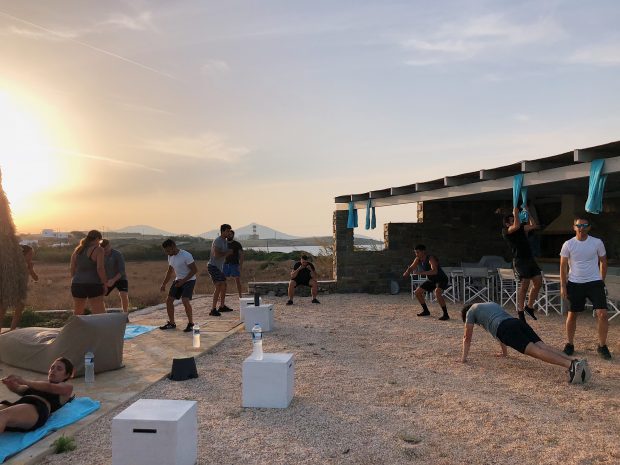
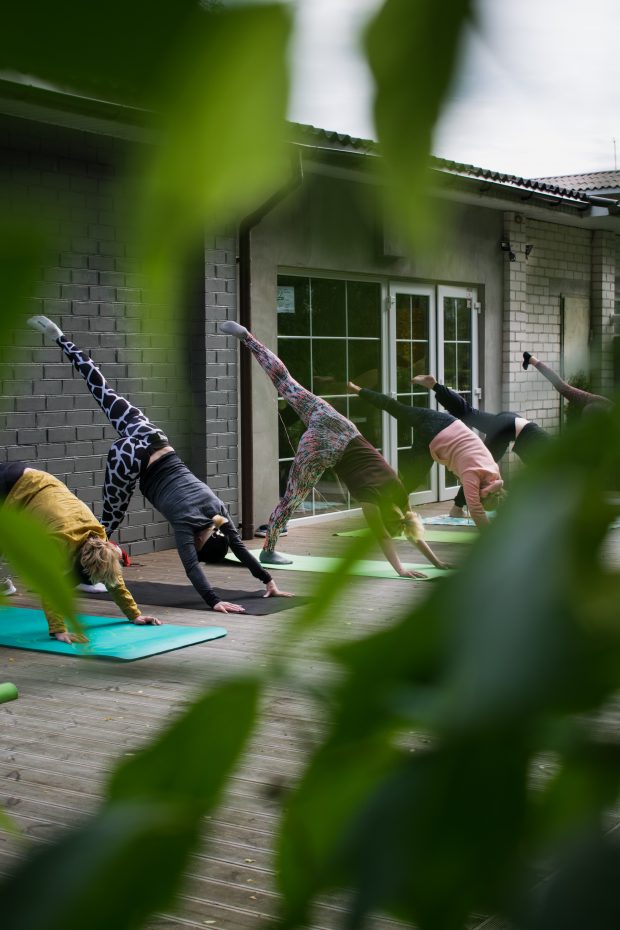
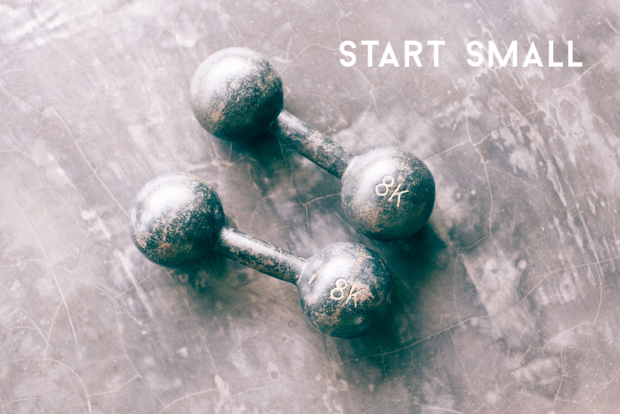
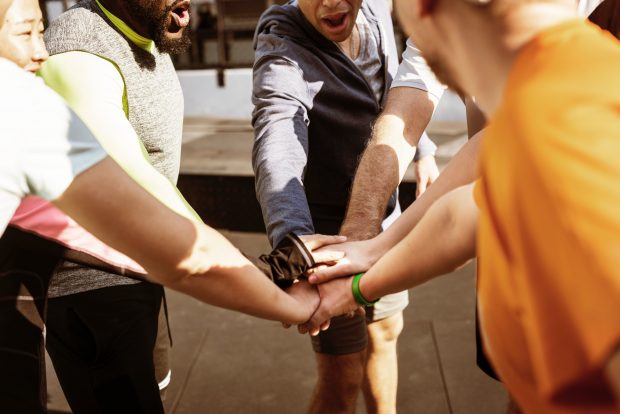
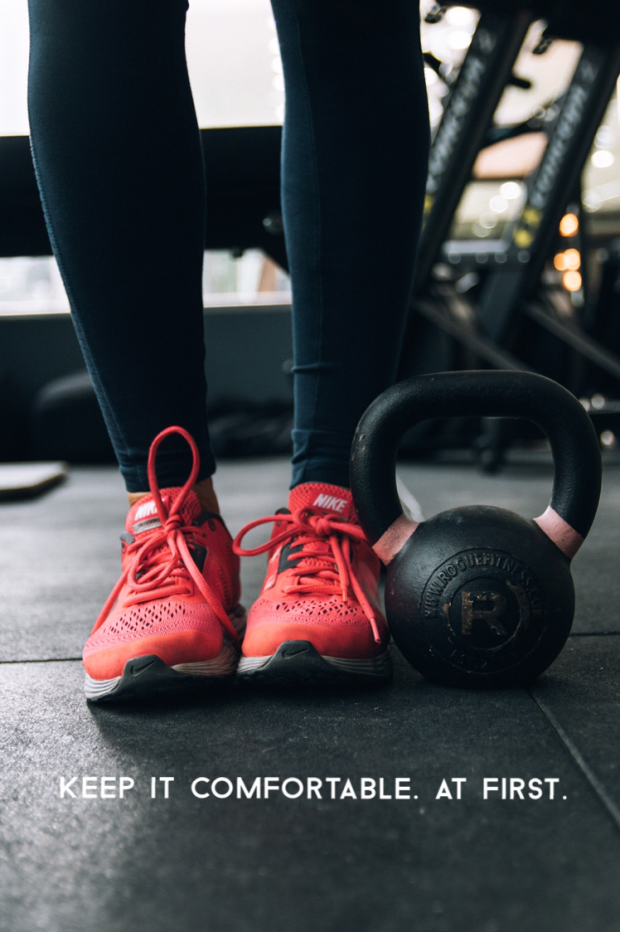
Sorry, the comment form is closed at this time.